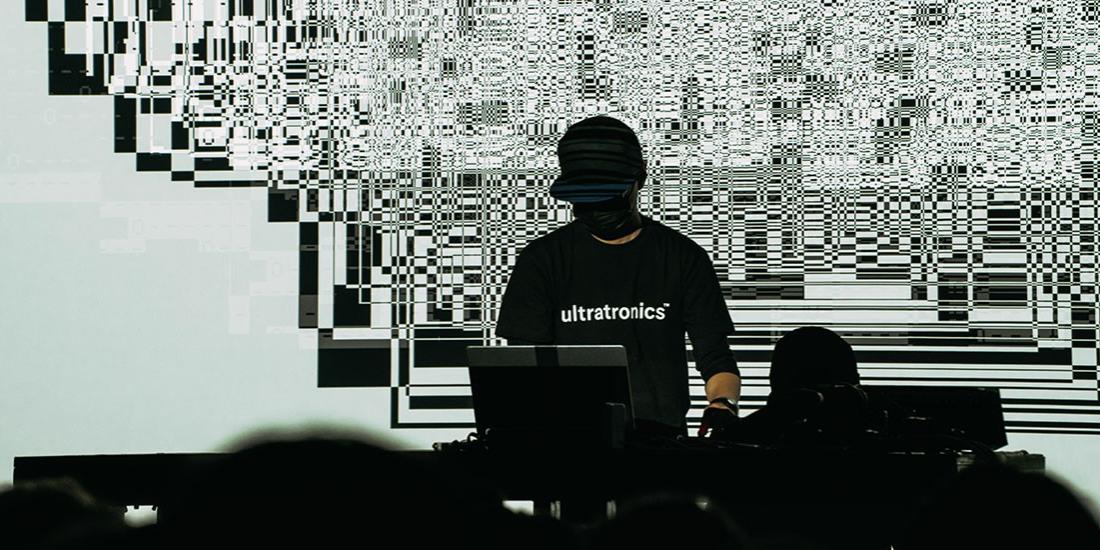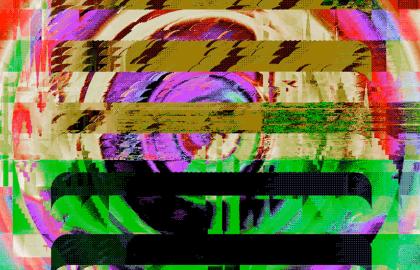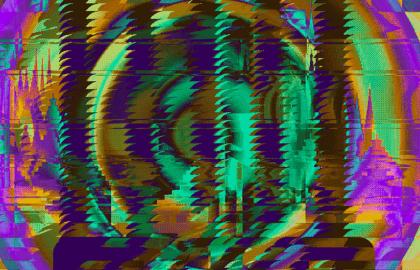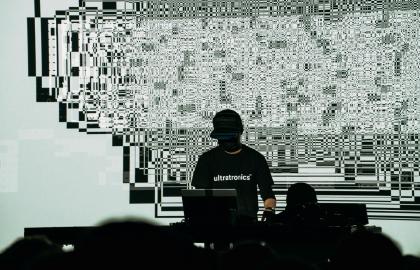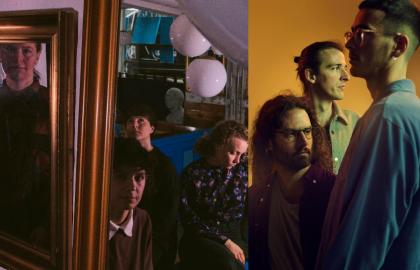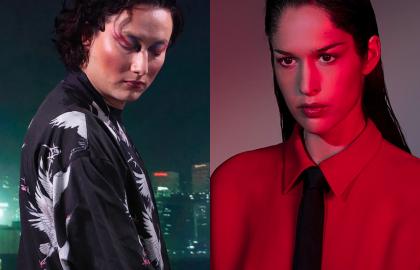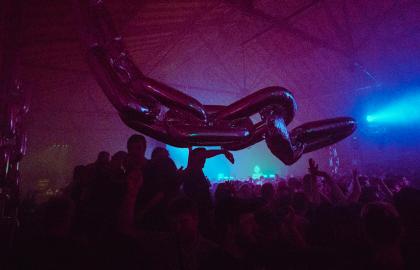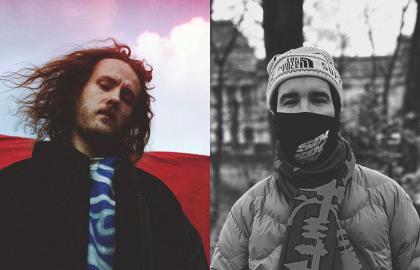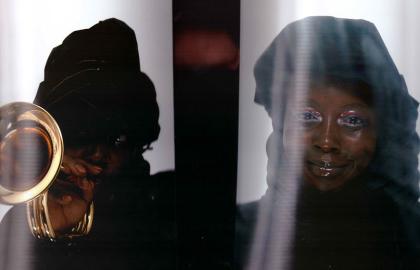Electronic Spring consists of an extensive programme. What is the idea behind it?
Vanderhasselt We want to create a place at Bozar for electronic music, and electronic listening music in particular. Actually, we already have a long tradition of doing so.
Vanhoeck That’s right. The unique thing about an institution like Bozar is that it had already understood the importance of electronic music ten years ago.
Vanderhasselt We’re continuing in that spirit at Electronic Spring. A genre that used to be confined to the margins now has a full programme with its own dramaturgical line. The Bozar Electronic Arts Festival led to the Bozar Electronic Series. That was four or five concerts per season in the studio. It was brilliantly curated, a really great series, and the concerts worked very well too. We want to continue that but also expand it, extending the series to 12 concerts. From now on, ‘electronic’ will be a fully-fledged mainstay of our programming, alongside jazz, global, classical and early music.
What will this extension mean in terms of content?
Vanderhasselt We’re moving from a series to a genre. That means approaching the entire span of electronic music, but as music to listen to, with the ‘party’ role of the music subordinate to the artistic aspect. There is so much going on in Brussels with electronic dance music that we no longer see a role for ourselves in that area at Bozar. You should stick to what you’re good at. We have the venue and the expertise to create an all-round experience for our audience. So we’re focusing on international names and innovative projects.
Vanhoeck We want to emphasise the intrinsic artistic value of the genre to a wide audience. And we are forging links with genres that have a long tradition at Bozar: contemporary music, jazz and improvisation.
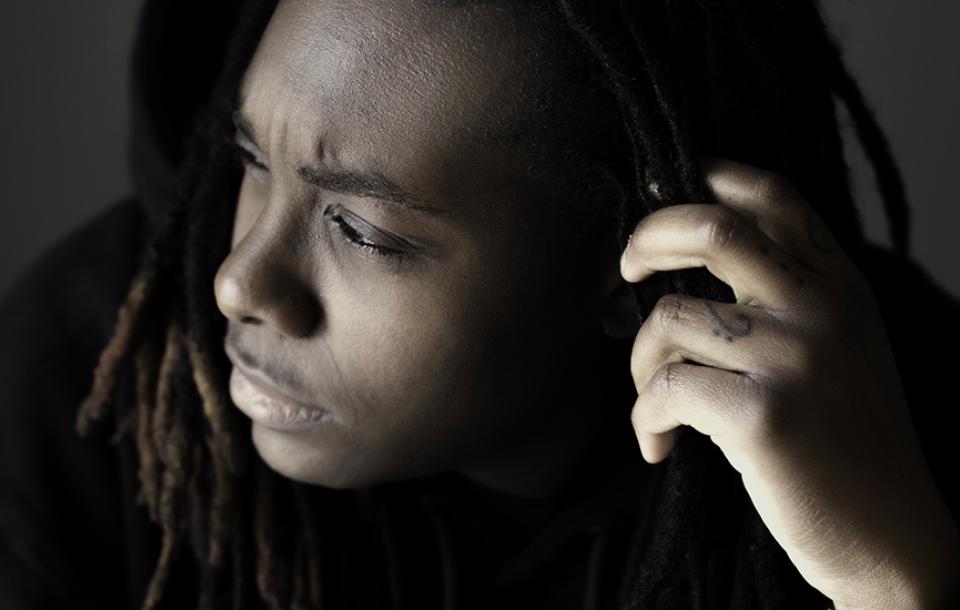
Do you see a strict distinction between these genres?
Vanhoeck Ten years ago, there was less of an overlap between the different electronic music scenes than there is now. Over the last decade, though, we’ve seen these worlds merging completely. Contemporary classical music is starting to move in the same direction. There was already electronic music at Transit (a festival of contemporary classical music in Leuven - Ed.) ten years ago. But few members of that audience came to Bozar Electronic as well. They were two separate worlds, with separate labels, separate magazines and separate journalists. They didn’t go to each other’s festivals. But if I look at November Music (a festival in ’s Hertogenbosch - Ed.), I see impro and informal approaches to electronics there as well. Or at Unsound (a festival in Krakow - Ed.) you can hear string quartets, for example. These are all worlds that are becoming increasingly interconnected.
Vanderhasselt And we’re responding to that tendency too.
So you have a similar mix at Electronic Spring?
Vanhoeck Absolutely. The Selvhenter and Spëcht double bill is one example. Selvhenter make the sound of the sax almost unrecognisable with all the different effects they use. Free improvisation merges into experimental electronic music, noise and post-punk elements. Spëcht is actually a percussion trio. On their latest album, they used electronics to create a certain atmosphere. So you find yourself in a grey area.
Vanderhasselt Right. The grey area is always pretty cool. (He laughs.)

Can you tell us about a few of your personal highlights?
Vanderhasselt I’m really looking forward to Mika Oki plays Sakamoto, commissioned by Bozar. We asked her to make something as a tribute to Ryuichi Sakamoto. She’s a highly versatile artist who will be creating both the music and the visuals. In fact, she will spend the evening exploring the discography of Sakamoto, who died exactly a year before the concert. I’m also looking forward to Jlin’s concert. She has a very unusual voice and uses polyrhythms in unique, intense ways. And to Ryoji Ikeda, of course.
Ikeda will be performing his latest album Ultratronics live. Exciting! Especially with his earlier work in mind, you are more likely to imagine scrupulous compositions than a live concert.
Vanhoeck Yes, but this is more about the concept, the algorithm and digital material he works with. It’s more about the process of making Ultratronics than about what you ultimately hear. It depends on the moment.
Obviously, Ikeda is also very famous for his installations, and he always accompanies his music with images. As do several artists in your programme.
Vanderhasselt That’s becoming more and more of a trend. Artists are moving away from Autechre-style concerts, where you just sit in the dark. The visual aspect is part of it now. I think it’s really interesting to include that. After all, watching someone play an instrument is very different to watching someone press buttons.
We’re committing to the visual aspect as well. The double bill upsammy and GERARD, for example, is an audiovisual live concert. upsammy makes quirky electronic music, often incorporating field recordings. Jonathan Castro is in charge of the visuals. GERARD is a young Belgian talent who does really creative things with the electric guitar. He is working on a show with the artist Victor Verhelst, which will be the first in the Reset series. We’re teaming up with Reset because our usual auditoria are being renovated. For this series, we always programme an international headliner with a local support act.
Last but not least, what makes Electronic Spring special?
Vanderhasselt I’d say the wide variety of acts we combine. You swing from someone like Joe-Armon Jones to Bolis Pupul, Jlin, Ikeda and then back to Lee Gamble. That’s a really interesting dynamic. It’s a great mixed bag of artists and I don’t know where else I could see this kind of thing.
Vanhoeck It’s the cream of electronic listening music. This is our way of putting the artistic component of the genre in the spotlight.
